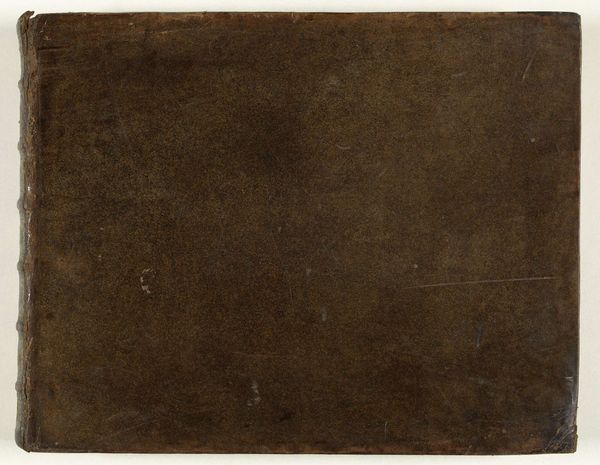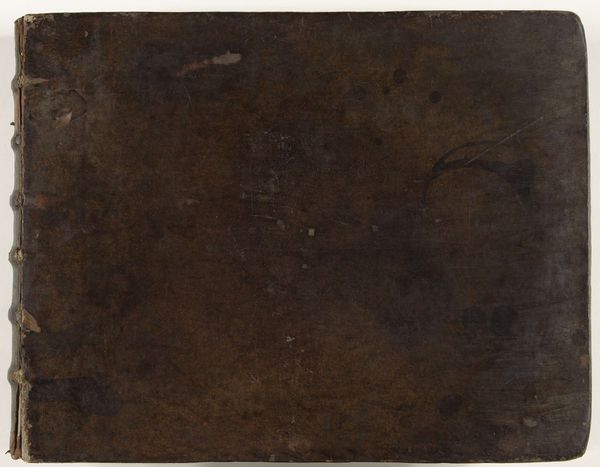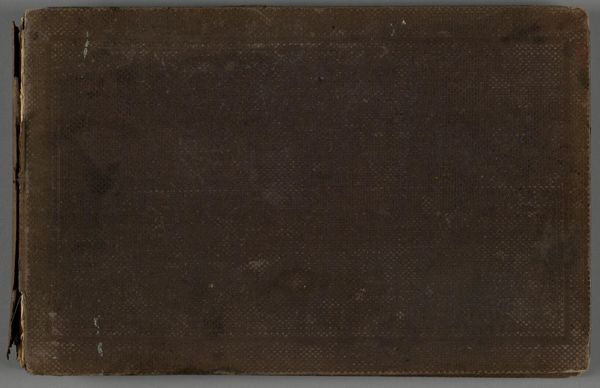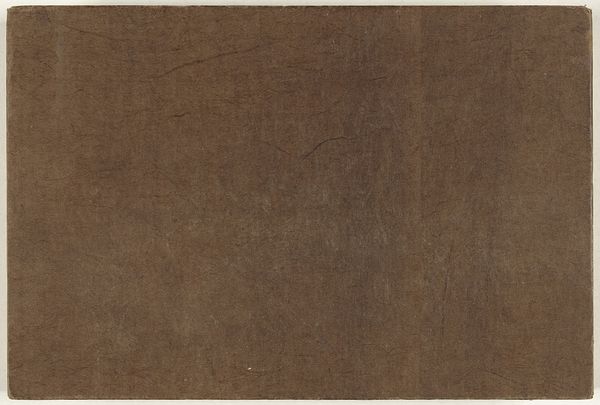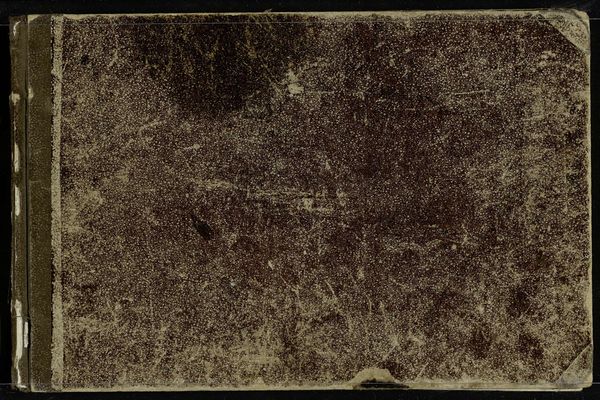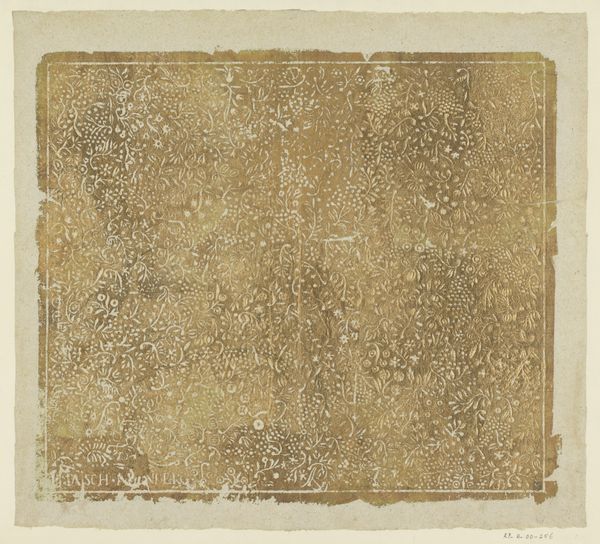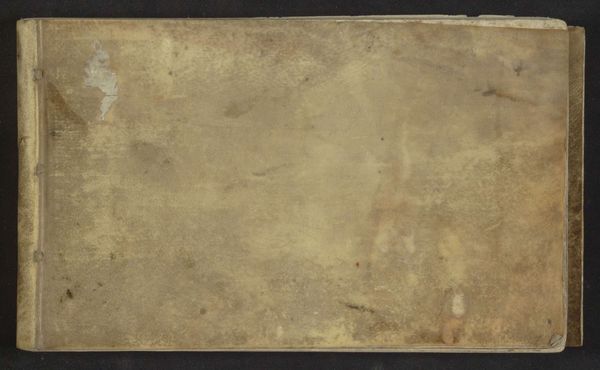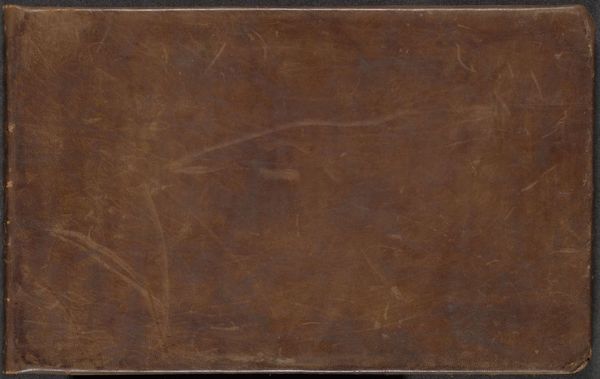
Verzamelband met het prentwerk: Les Forces de l'Europe, Asie, Afrique et Amerique (...) Comme aussi les Cartes des Côtes de France et d'Espagne, delen XI-XX, 1726 1726
0:00
0:00
pietervanderiaa
Rijksmuseum
print, paper, engraving
# print
#
paper
#
11_renaissance
#
history-painting
#
natural texture
#
engraving
Dimensions: height 315 mm, width 405 mm, thickness 55 mm
Copyright: Rijks Museum: Open Domain
Editor: Here we have Pieter van der Aa's "Verzamelband met het prentwerk: Les Forces de l'Europe, Asie, Afrique et Amerique…," dating back to 1726. The print on paper and engraving have a tactile quality to them. What can you tell me about this fascinating collection? Curator: Observe the binding itself. Its construction and materials invite contemplation. Consider the plane of the cover; its color is uninterrupted, a uniform brown. A semiotic analysis might reveal how this emphasizes the texture of the aged leather, itself hinting at its intrinsic properties. What thoughts does its shape and color inspire? Editor: It feels... weighty. Solid and substantial. I’m interested in how the binding complements the prints inside. Curator: Note that we aren't seeing the prints directly. It is critical to focus solely on the visual aspects of the presented bookbinding itself. The color saturation suggests durability and function, not just decoration. Do you detect how the geometry impacts our engagement? The lack of ornament underscores something important here. Editor: I see that the minimalist design points to the inherent quality of the materials themselves. This approach really does change how one perceives it, removing other kinds of interpretations to bring a new kind of meaning to the fore. Curator: Indeed. It asks us to consider form, texture, and proportion above all else. My own focus stays concentrated upon that kind of visual data alone, since the intention remains one of analyzing aesthetic components—and less about art-historical elements. Editor: I see that a new viewpoint based only on what is visible opens our senses. It's been really instructive to view art in such a totally distilled manner.
Comments
No comments
Be the first to comment and join the conversation on the ultimate creative platform.
